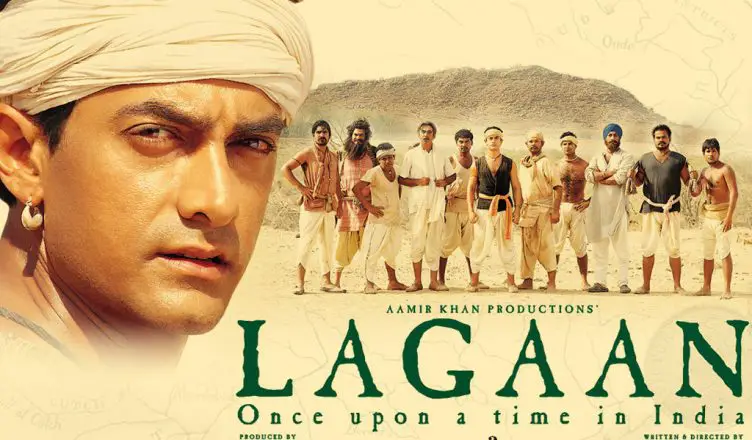ranchosantafenow.net – “Lagaan: Once Upon a Time in India” is a landmark film in the history of Indian cinema. Directed by Ashutosh Gowariker and released in 2001, this epic sports drama combines elements of history, culture, and the universal appeal of sports to deliver a compelling narrative. The film is set in the late 19th century during the British Raj and tells the story of a small Indian village’s struggle against oppressive colonial rule, using cricket as their unlikely weapon.
Plot Overview
The film is set in the fictional village of Champaner in central India. The villagers are burdened by high taxes, known as “lagaan,” imposed by their British rulers. When Captain Andrew Russell, the arrogant British officer, challenges the villagers to a cricket match, he offers a deal: if the villagers win, they will be exempt from taxes for three years; if they lose, they must pay triple the tax. The story follows Bhuvan, played by Aamir Khan, as he rallies his fellow villagers to take on the seemingly impossible task of learning and winning the game of cricket.
Themes and Symbolism
“Lagaan” explores several themes, including resilience, unity, and the fight against injustice. It portrays the cultural clash between the Indian villagers and British colonizers, using cricket as a metaphor for resistance and empowerment. The film also highlights the importance of teamwork and perseverance in the face of adversity.
Cinematic Excellence
The film is renowned for its meticulous attention to detail, from the authentic depiction of rural Indian life to the thrilling cricket sequences. The cinematography by Anil Mehta captures the vibrant landscape and emotions of the era beautifully. The music, composed by A.R. Rahman, complements the narrative perfectly, blending traditional Indian sounds with cinematic grandeur.
Critical Acclaim and Impact
“Lagaan” received widespread critical acclaim and was a commercial success. It was nominated for the Academy Award for Best Foreign Language Film, bringing international recognition to Indian cinema. The film’s universal themes and engaging storytelling have made it a favorite among audiences worldwide.
Conclusion
“Lagaan: Once Upon a Time in India” is more than just a sports drama; it is a powerful tale of courage, hope, and the human spirit. Its enduring legacy continues to inspire filmmakers and audiences alike, making it a true cinematic masterpiece.
